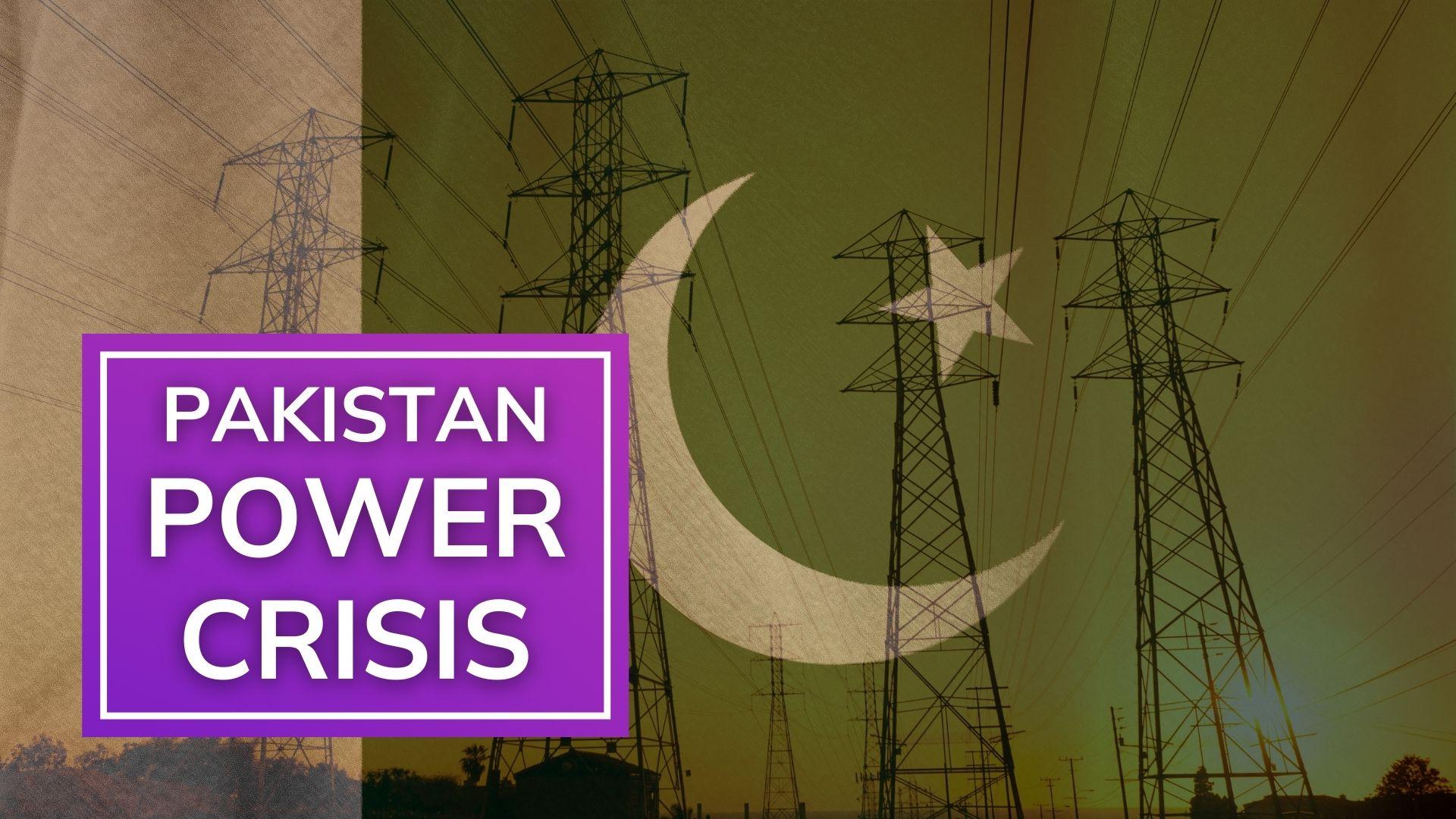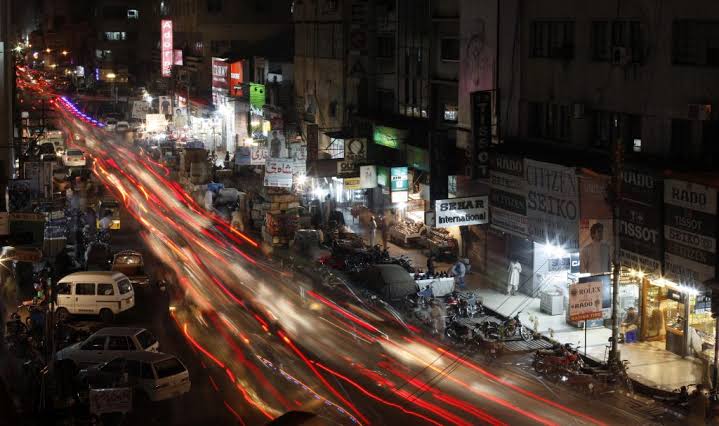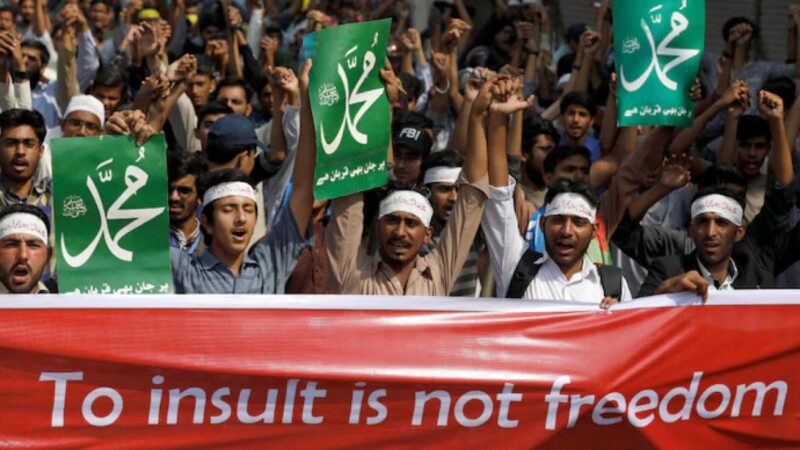No Immediate Respite in Sight from Power Crisis in Pakistan

Amid saturating power crisis, cash-strapped Pakistan government has decided to shut markets and restaurants across the country by 8 pm while wedding halls will be limited till 10 pm. The plan was unveiled as a desperate measure to conserve energy. The national energy-conservation programme was launched on December 20, 2022 by Pakistan’s Defence Minister Khawaja Asif, a day after Prime Minister Shehbaz Sharif directed authorities to reduce circular debt in the energy sector.
The Energy Minister announced many energy conservation measures and expressed hope that there may be some room for the closing time for restaurants to be extended by an hour. As a measure to reduce the financial burden, he suggested to explore the possibility if 20% of the government workforce could work from home on a rotation basis. This could save PKR 56 billion coupled with a few other measures that could save PKR 62 billion. He also said that energy-efficient fans and bulbs would soon be introduced to help save PKR 38 billion and electric bikes would replace traditional motorcycles to reduce the consumption of petrol.
According to Energy Minister, the Pak government has begun imports of e-bikes and has started negotiations with motorcycle companies for the modification of existing motorcycles, which will save around PKR 86 billion. The minister added that shifting to renewable energy was the obvious choice and the government was working on a plan, but measures like early closure of markets were keys in achieving the proposed targets.
The acute energy crisis has no sign of an immediate solution as the political uncertainty and bickering continues while Pak economy is reeling under high inflation. The country is not in a financial situation to take concrete measures as foreign investment has come to a standstill and remittances are depleting. The ongoing Russia-Ukraine war and the catastrophic floods in last June have only compounded the country’s energy woes.
The Pak Energy Minister, called on the nation to “normalise” its behavioural patterns as the country was in a “grave economic crisis”, adding that “we can’t afford the culture of wastage anymore”. The minister added, “I also believe that politicians should be the first ones to adopt these changes and become role models for the public.”
Recently, the Asian Development Bank highlighted the major issues with Pakistan’s energy sector in its Central Asia Regional Economic Cooperation (CAREC) Energy Outlook 2030. The ADB concluded that Pakistan does not have a detailed energy plan. Although there is the National Energy Policy in place in Pakistan, it still lacks the specifications related to the roles of policy makers and all the other relevant stakeholders had not been defined by the authorities. It also found classification of energy resources very weird which complicates the policy framework and adversely affects investment. The CAREC also pointed out that Pakistan is concentrating on power generation too strongly due to which the Transmission and Distribution (T&D) of power suffers.
The ADB said that the power generation and the efficiency of the power sector need the most significant investments owing to the rapidly growing demand and low baseline efficiency. It presented three scenarios and concluded that the largest investments are needed for the development of the country’s hydropower capacity, ranging from USD 11 billion to USD 26 billion under different scenarios.
Investment needs for wind and solar energy are expected to reach nearly USD 12 billion in the business-as-usual scenario, USD 36 billion in the government commitments scenario, and USD 57 billion in the growth scenario. In the nuclear power also the requirement for investment ranges between USD 12, 21 and 31 under different scenarios.
Given the tough financial situation, Pakistan’s ambitious goals with regard to investment would not be possible to realize. Foreign exchange reserves of Pakistan’s Central Bank State Bank of Pakistan have fallen to its four-year low of USD 6.72 billion in the week ending on December 2. Foreign investment in Pakistan in the FY 2021-22 were meager at USD 1.87 billion. The power sector attracted only USD 737.6 million. In such a scenario, it is next to impossible for Islamabad to realize its energy sector investment requirement.
Pakistan has a long way to go. The CAREC report states that Islamabad has a mammoth challenge in front of it as the country’s electrification rate is very slow. Pakistan’s 25% population still does not have access to electricity. With an increase in rural electrification, demand will increase significantly, putting more strain on distribution companies and generation. The challenges in the T&D sector are reinforced by the issue of circular debt, according to CAREC report. The country’s power sector circular debt reached PKR 2.6 trillion in November 2022. One of the main reasons of losses of the Distribution Companies in Pakistan is higher T&D losses close to 17% as against the targeted 13.41% in FY 2021-22 which meant a loss of around PKR 113 billion.
Although Pakistan is facing remarkable energy shortage since last 15 years, it has seen acute power crisis since last April, which led to prolonged power cuts affecting the small business badly and disrupted normal life of households. Even the urban areas have been facing power outages of 6-7 hours since then.
Shortages of fuels and gas, accompanied by a steep drop in power generation by the thermal plants owing to imbalance in demand and supply has led to power sector disaster in Pakistan. There is a gap of 6000-7000 MW between energy demand and supply in Pakistan.
Pakistan’s energy crisis is a key factor hampering its economic growth. The public bears the brunt of the chronic shortfall in the power sector. It was assessed way back in 2015 that power shortages and blackouts cost PKR 18 billion in Pakistan, which might have increased beyond PKR 25 billion now. Although power projects under the China Pakistan Economic Corridor (CPEC) were expected to have relieved the power crisis in the country, the energy crisis still persists. The CPEC and power projects under it have their own downsides and impediments.
*****






